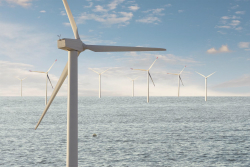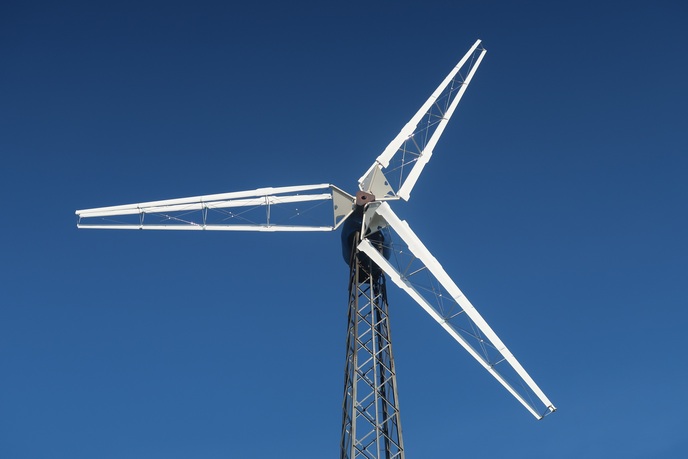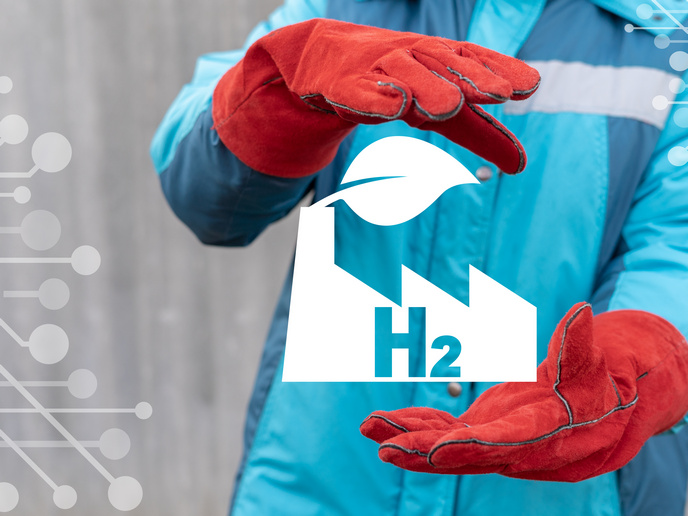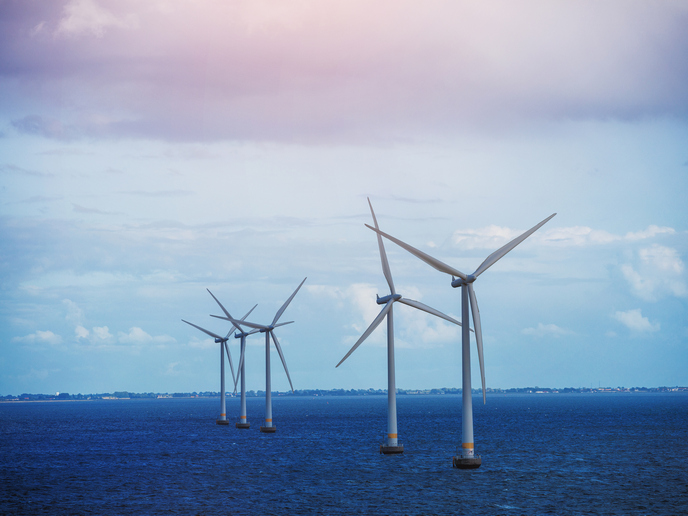10MW wind turbines on a diet thanks to superconducting generators
The SUPRAPOWER (SUPerconducting, Reliable, lightweight, And more POWERful offshore wind turbine) promise is tantalising: a superconducting (SC) direct drive generator that is lightweight, robust and reliable enough to develop offshore wind to its full potential in Europe. The resulting wind turbines will be smaller and less expensive, operating and maintenance costs will be reduced, reliability and efficiency will be increased, and power conversion will be maximised. ‘Several superconducting generator concepts have been developed or are under development, but some of the proposed concepts still face certain technical challenges that complicate their industrial feasibility for the very challenging offshore wind sector. These include, for example, the high cost of the superconducting material or the use of cryogenic fluids,’ Iker Marino Bilbao, SUPRAPOWER coordinator, explains. ‘Our MgB2 superconducting generator overcomes these challenges.’ A challenging development process Developing the MgB2 generator is far from a walk in the park. ‘Due to the novelty of this technology, there was not much existing experience in key aspects such as rotating MgB2 coils,’ Bilbao says. ‘We had to proceed in phases: first, two small test coils to validate the design and manufacturing process; then, a full size double pancake coil for testing; and finally full scale field coils.’ The cryostat required a similar approach, with first a dummy one and, based on experimental results, final cryostats which are currently under construction. ‘Another challenge is that any modification in one component affects the others, as the different parts (coils, poles, cryostats, etc.) will be assembled together in the scale machine. Technical coordination is key, just like finding qualified manufacturers for some of the components which has proved to be more challenging than we first thought.’ Reduced weight The project, which is scheduled for completion in May 2017, is well on track to meet its ambitious objectives. The conceptual design of the superconducting generator (SCG) has been completed, and the team has been able to compare its performance in a wind turbine with that of a permanent magnet generator (PMG). They observed a 26 % weight reduction of the wind turbine’s active parts, an overall reduction of 16 % when counting the support structure, and a 11 % reduction of the tower weight. This will notably enable a considerable drop in shipping and deployment costs. ‘One of the most challenging marine operations will be the installation of blades, which are exactly the same in both cases,’ Bilbao points. A rotary magnetic scale machine has also been designed to validate the 10MW generator concept. It consists of an external rotor with two superconducting field coils currently in their final manufacturing process. The two coils are made of a stack of nine racetrack MgB2 double pancake coils connected in series between two thick copper plates. Both field coils are wrapped into a modular cryostat around an iron pole, and heat is extracted by conduction through a thermal collector that links both coils. The cryostats are still under construction but dummy versions have already been constructed and tested. The rotary joint, on the other hand, has already been designed, manufactured and fully tested. ‘Currently we are in the process of manufacturing all elements of the scale machine and we expect to complete its experimental validation in May 2017,’ Bilbao says. Appealing to the market Whilst the project team still needs to further analyse the market potential of their technology, they are positive that deployment will be slightly easier than with conventional turbines. Transportation and installation can be done with present-day equipment and with no major differences with wind turbines in the same power range. Superconducting elements are highly reliable and their maintenance is reduced to vacuum pumps and cryocoolers. However, even though these are well known industrial components, the fact that they have never been used in such an application means that the first full scale prototypes and commercial units will initially require special care and monitoring. ‘If we succeed in proving the feasibility and advantages of this novel generator concept, the next major step would be to engage a wind turbine or wind generator manufacture for further developing these technologies and proving them at MW scale,’ Bilbao concludes.
Keywords
Wind turbines, power scalability, SUPRAPOWER, superconducting, lightweight, cryogen-free cooling







